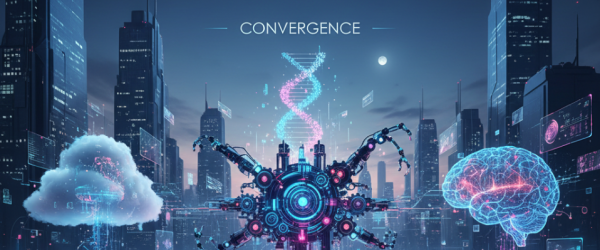Introduction
IT outages are no longer just technical hiccups — they’re high-stakes business events. A single hour of downtime can cost enterprises anywhere between $100,000 to $1 million, depending on the industry. In 2024, studies reported that the average cost of downtime reached $14,056 per minute, meaning that even short incidents can snowball into multi-million-dollar losses.
Closing the gap between when an outage occurs and when normal service is restored is mission-critical. This is where AI and AIOps (Artificial Intelligence for IT Operations) step in, transforming incident response from reactive firefighting into proactive, automated resolution.
Why the Outage → Recovery Gap Matters
When systems go down, the clock starts ticking:
- Revenue loss: E-commerce platforms lose transactions by the second.
- Operational disruption: Employees can’t work, supply chains stall.
- Customer churn: Downtime impacts customer trust and retention.
- Compliance risk: SLA breaches often result in financial penalties.
Shortening MTTR (Mean Time to Recover) is no longer optional — it’s a competitive advantage.
How AI Shortens Incident Response
AI-powered operations address each phase of the incident lifecycle:
| Phase | Traditional Approach | AI-Enhanced Approach | Key Benefit |
| Detection | Manual threshold alerts | ML anomaly detection across metrics, logs, and traces | Faster, earlier detection |
| Triage | Human triage with duplicate alerts | Event correlation & alert deduplication | Reduced noise, focused response |
| Diagnosis | Manual log and trace review | AI-suggested root causes | Narrowed search space, faster RCA |
| Remediation | Manual runbook execution | Automated runbooks with human-in-loop | Faster fixes, fewer manual errors |
| Postmortem | Manual RCA documentation | ML-generated post-incident insights | Continuous learning & prevention |
Benefits of AI-Driven Recovery
- Reduced MTTA (Mean Time to Acknowledge): AI detects incidents earlier, triggering alerts within seconds rather than minutes.
- Lower MTTR: Faster triage and automated fixes lead to measurable downtime reduction.
- Fewer Repeated Incidents: Machine learning improves runbooks after each incident.
- Increased Team Productivity: Engineers spend less time on repetitive tasks and more on innovation.
Market Trends & Proof Points
- AIOps Growth: The global AIOps market is growing at a double-digit CAGR, expected to reach billions over the next few years-proving that enterprises are betting big on AI-driven operations.
Real-World Impact: Organizations implementing AI-based incident automation have reported MTTR reductions of up to 50% for common outages, along with fewer escalations and reduced alert fatigue.
Conclusion
The gap between outage and recovery is one of the most expensive blind spots in IT operations. AI, when implemented thoughtfully, reduces this gap by accelerating detection, improving triage, and automating fixes-ultimately minimizing business disruption.
Enterprises that adopt AIOps are not just reducing MTTR; they are also future-proofing their operations by creating a self-improving feedback loop. The sooner you start, the sooner you convert downtime into uptime.







